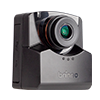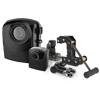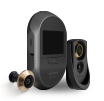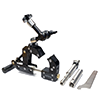Oops!
404 page not found
Something went wrong. Please press the button below to return to the home page.
Back to homepage
4F,No.107,Zhou Zi St., Neihu District, Taipei City 11493, Taiwan
Email: sales@brinno.com
Email: sales@brinno.com
© Brinno Inc. All rights reserved. privacy policy

 USA (En)
USA (En)  繁體中文
繁體中文 简体中文
简体中文 日本語
日本語 Deutsch
Deutsch Français
Français Español
Español Italian
Italian









